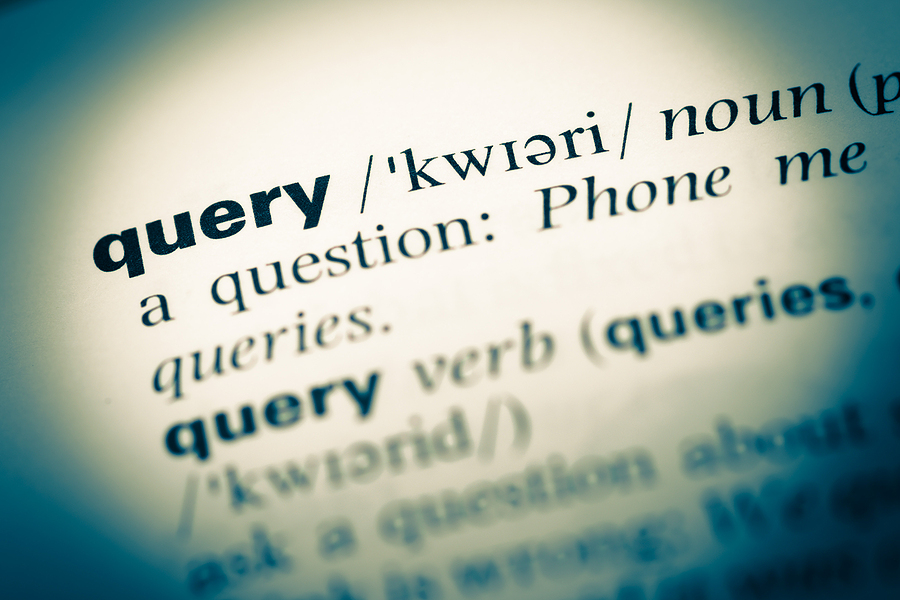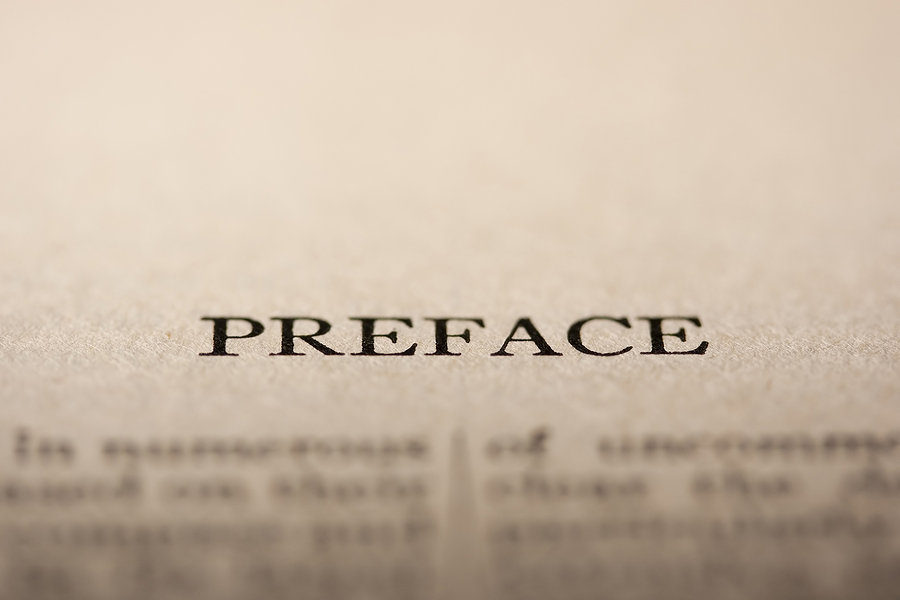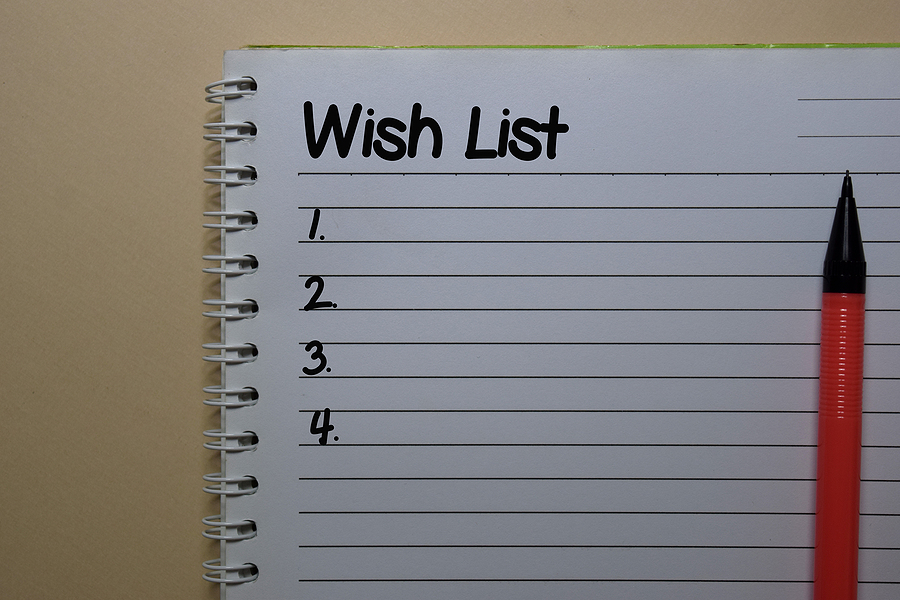The unsolicited pile of proposals in my office (aka the slushpile) and the inbox full of unsolicited email proposals taunt me every day.
An average of fifty times a week a new one appears and croons, “Come over here! Look at me!” Tantalizing with immanent possibilities. Imagine each person who sent that proposal is standing outside the office door waiting with anticipation for attention. I say to myself, “Maybe it will be the next one I look at. That will be ‘The One.'” But when will I have the time to give them the attention they deserve?
I’ve been told that many of you enjoy reading some of the offbeat letters or intriguing proposals that cross the desk. So here is a sampling (typos included but some info is deleted or adapted to protect the writer’s identity). I have also added commentary within double-brackets:
“I am seeking representation for my First book: … I have 17 more. This book could very well Save the World.”
[[That alone would scare away most agents and editors. But then to claim this one could save the world? Hyperbole does not create the desired response from a reader.]]
“… is a polyphonic composition in which anti-hero … inner conflicts are given voice, subjected to contrapuntal treatment, and developed into an intricate narrative marked by a stunning climax.”
[[This obfuscates the importune oblation.]]
“Maggot … my inspirational Christian Literature fiction book.”
[[It may very well be a marvelous book, but for some reason the image of squirming little carnivores makes me a little queasy. I do remember rejecting a book that had Locusts in the title; it ended up being published with that title and sold well for a number of years (nonfiction). I couldn’t get past the insect in the title.]]
“I have deciphered the number 666….The beast has 7 heads, each head represents a country or countries that have ruled over Israel. Egypt being the first, and its empire started in the year 2630 B.C. This was the beginning of the pyramid era. Take the number 666, and multiply it with the number 7 headed beast (7 X 666 = 4,662). The last country or countries to dominate over Israel is the United Nations. The U.N. qualified for this distinction when it reestablished the existence of the country of Israel in 1948. Project the number 4,662 forward from the year 2630 B.C. and you arrive at the year 2032, or the end of our era.”
[[Any commentary needed?]]
A two-page letter written in ALL CAPS. One line reads, “I HOPE I FOLLOWED YOUR GUIDELINES TO YOUR SATISFACTION.”
[[All caps means “shout.” I’d prefer not to have someone scream their idea at me.]]
The query says, “Do you read picture books?”
[[I wasn’t sure how to answer. Yes, I read them to the grand kids. No, I don’t read them for relaxation when I get home from work. Oh! You meant to ask, “Does your agency represent children’s picture books?”]]
“I respectfully request that you forgo standard protocol with the submission of my works considering their importance and historical significance. More importantly, time is of the essence. The world has never seen anything like this before, nor will it again. For the first time in nearly 2000 years….”
[[An undiscovered secret to the universe is revealed in the rest of the query.]]
“In this tantalizing story, the protagonist’s best friend dares him to enter a male dancer contest to cheer his spirits, which he does and actually wins a part-time job at the club. He becomes enticed by the stripping world and wild atmosphere….”
[[I have questions. What, on the Steve Laube Agency website, would suggest that we would be interested in representing this novel?]]
“I have recently self-published a novel which has had one review. I enclose this review and would like to know if you are interested in reading the e-book (click to get a copy from Amazon) and possibly representing me.”
[[I suppose that’s one way to increase the sales of your book.]]
“This is a tale specifically written to ‘replace’ J.K. Rowling’s Harry Potter series. No joke and no exaggeration.”
[[Good luck with that.]]
“Okay, I know this sounds pretty desperate, but … I am offering $100 to anyone of your literary agents to read my latest novel….”
[[Yes, it is desperate. But we are not that desperate either. If any agent or agency asks for money up-front as a “reading fee,” run away. A legitimate agency doesn’t get paid until the author is paid.]]
“I am not going to waste your time by telling you how awesome my book is. You can simply see the awesomeness by looking at the preview of the book by following the link below. I just self-published my book because I am impatient, and publishers don’t typically give me the time of day. It’s okay though, because I’m …, and I don’t have feelings. This is a business opportunity, and I hope you treat it as such. Take care, and let me know if you are interested in representing me. I will compile a list of agents and select the one that is most diligent, relentless, and ethical (like me).”
[[Actually, this was a very clever query. It was self-deprecating and humorous. But requiring to click on a link is asking for the delete button. We can handle attachments, but going to an unknown site even with up-to-date virus and malware software is asking for trouble. Believe it or not, we get a number of “please visit my website for a sample of my book” proposals. Make it easy for the fella; just attach the proposal and the sample chapters. It’s not rocket science. (Unless your book is about rocket science.)]]
Therefore, while the siren song of the slushpile is played, its tune is rarely that enticing. However, I must admit, like the old prospector, “Sometimes there’s gold in them thar’ hills.”











